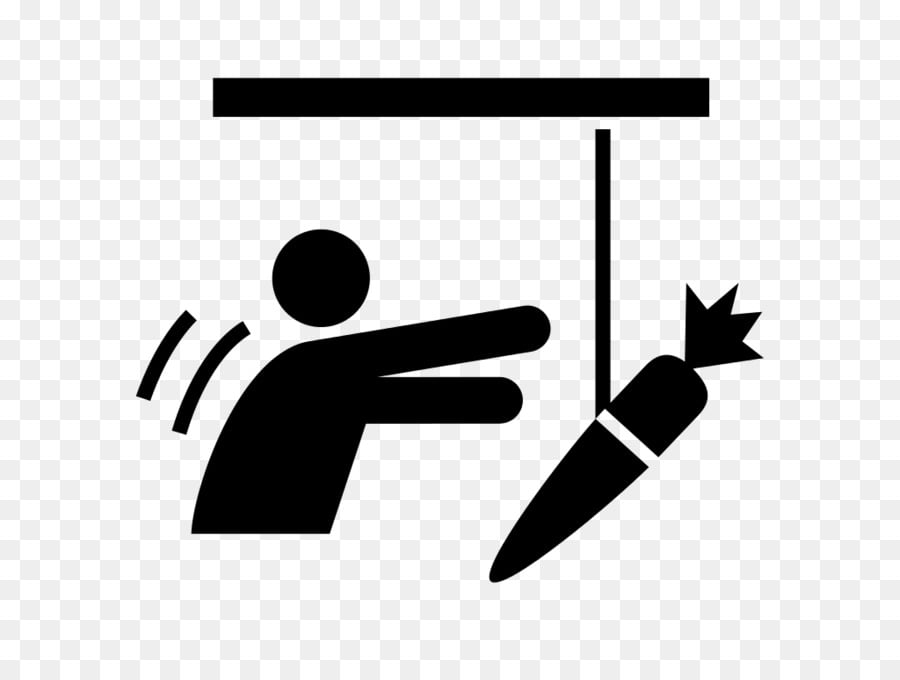3D Printing: A Manufacturing and Design Revolution
Three-dimensional printing (3D printing) has fundamentally reshaped manufacturing and design processes. Its capacity to create three-dimensional objects directly from digital designs has unleashed unprecedented opportunities for businesses and innovators. This transformative technology offers speed, precision, and customization previously unattainable.
Rapid prototyping and iterative design are key advantages. Traditional prototyping involved significant time and financial investment, often leading to costly redesigns. 3D printing dramatically reduces these hurdles, enabling rapid design iterations, accelerating time-to-market, and minimizing the risk of expensive errors. This agility allows businesses to respond quickly to evolving market demands and explore a wider range of design possibilities.
The manufacturing landscape has undergone a dramatic shift. 3D printing facilitates the production of intricate geometries and customized products previously deemed impossible or economically infeasible. The aerospace industry, for example, leverages 3D printing to create lightweight components with complex internal structures, resulting in substantial weight and fuel reductions for aircraft. This translates to enhanced efficiency and cost savings.
Architectural design has also been significantly impacted. Architects utilize 3D printing to generate scaled models of their designs, providing clients with a tangible visualization of the proposed structures. This fosters better communication and collaboration, allowing for early identification and resolution of potential design flaws before construction begins, ultimately leading to more efficient and successful projects.
The rise of 3D printing has spurred the creation of online marketplaces where designers can sell their creations. This democratizes design and manufacturing, providing entrepreneurs with new avenues to monetize their skills without the need for extensive manufacturing infrastructure. Platforms like Shapeways offer a prime example, allowing designers to upload their 3D-printable designs and reach a global customer base.
From a business perspective, 3D printing offers significant cost advantages by minimizing material waste. Traditional subtractive manufacturing methods frequently result in substantial material loss. 3D printing, in contrast, utilizes only the necessary material, reducing waste and lowering production costs. This enhanced efficiency contributes to a healthier bottom line.
Furthermore, 3D printing contributes to a more sustainable manufacturing process by reducing carbon emissions. On-demand, localized printing minimizes the need for long-distance shipping, lowering transportation costs and environmental impact. This localized production model is a key element in environmentally responsible manufacturing.
The 3D printing market is experiencing explosive growth, with projections indicating a substantial compound annual growth rate. This presents a lucrative opportunity for businesses to establish themselves as industry leaders. Capitalizing on this expanding market requires strategic planning, investment, and a commitment to innovation.
To maintain a competitive edge, businesses must invest heavily in research and development. Continuous innovation and process improvement are essential for developing cutting-edge solutions that meet evolving customer needs. Staying at the forefront of technological advancements is crucial for long-term success.
Collaboration is paramount in the 3D printing sector. Strategic partnerships enable businesses to leverage collective expertise and resources, accelerating innovation and fostering growth. For example, a 3D printer manufacturer collaborating with a materials supplier can lead to the development of specialized materials optimized for specific printers, enhancing performance and expanding application possibilities.
The capacity for customization and personalization is a defining characteristic of 3D printing. Businesses can now create bespoke products tailored to individual customer needs and preferences, enhancing customer satisfaction and creating new market opportunities. This level of personalization strengthens brand loyalty and fosters a more direct connection with the consumer.
The medical field has witnessed a remarkable transformation through 3D printing. The production of prosthetics, implants, and surgical instruments has been revolutionized, enabling the creation of customized medical devices based on patient-specific data. This improves treatment accuracy and effectiveness, offering patients better outcomes. Preoperative planning benefits greatly from 3D-printed organ models, minimizing surgical risks and improving the overall surgical process.
Industrial applications of 3D printing are expanding rapidly, addressing diverse needs across various sectors. The ability to print spare parts on-demand reduces downtime and improves maintenance efficiency, particularly valuable in industries where equipment downtime is costly, such as manufacturing and logistics.
Space exploration is another frontier where 3D printing is making significant strides. NASA's exploration of 3D printing for manufacturing tools and parts directly on the International Space Station illustrates the potential of this technology to revolutionize manufacturing in even the most challenging environments. This reduces reliance on costly resupply missions and opens up possibilities for sustainable extraterrestrial manufacturing.
In conclusion, 3D printing represents a transformative force in manufacturing and design, offering businesses and entrepreneurs unparalleled opportunities. Its ability to accelerate prototyping, enable mass customization, and reduce waste is reshaping industries worldwide. By embracing this technology and remaining at the forefront of innovation, businesses can ensure their success in this rapidly evolving landscape.






